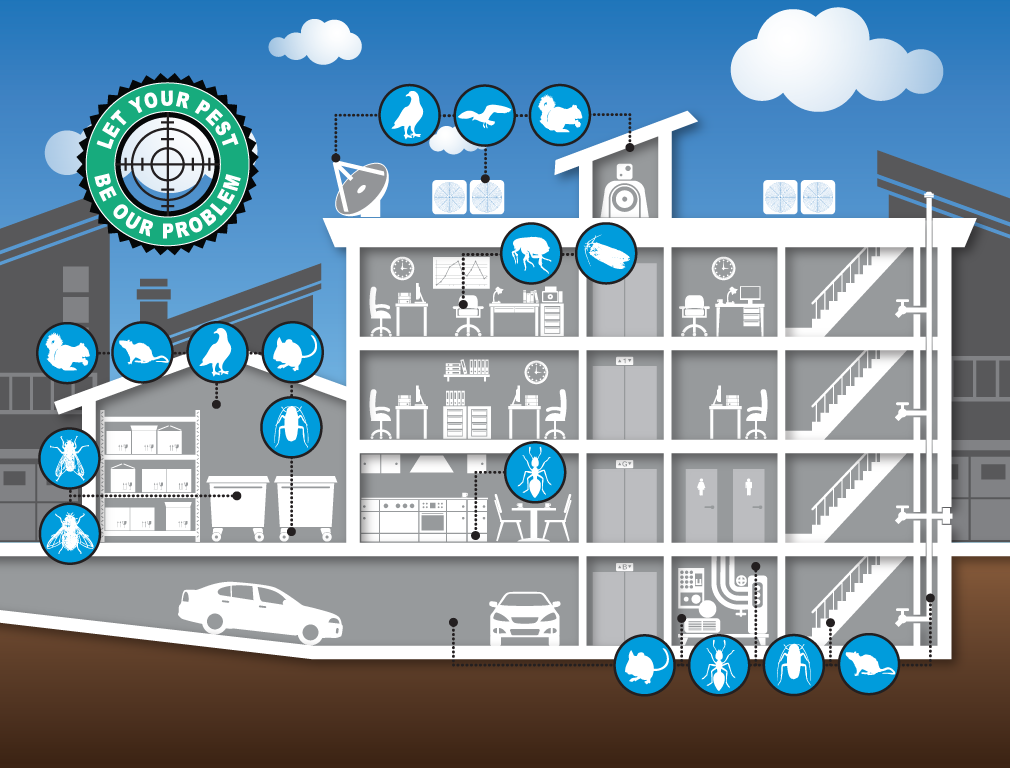Acquiring Understanding On Just How Rats Act Is Crucial For Effectively Controlling Parasite Problems. Specialists Supply Important Insights On This Issue
Acquiring Understanding On Just How Rats Act Is Crucial For Effectively Controlling Parasite Problems. Specialists Supply Important Insights On This Issue
Blog Article
Material Author-Arsenault Brun
Think of being able to expect the actions of your challengers in a game of chess, always staying one step in advance.
On the planet of pest control, understanding rodent actions resembles having that calculated advantage. By getting specialist insights right into the nesting routines, feeding patterns, and interaction and social habits of rodents, you can successfully deal with these pesky creatures.
Yet exactly how exactly do rats behave, and why is it essential to understand? In this conversation, we will decipher the secrets of rodent habits, giving you with important knowledge that will help you remain in advance in the battle versus parasites.
Are you ready to discover the tricks of these shrewd creatures?
Nesting Behaviors
To recognize rodent actions and properly control insects, it's important to obtain insight into their nesting behaviors.
Rats, such as computer mice and rats, have an all-natural instinct to find shelter and create nests where they feel safe and safe and secure. These nests function as their homes, reproducing premises, and storage space locations for food. Comprehending their nesting behaviors can aid you identify possible areas of invasion and execute targeted control procedures.
Rodents commonly prefer nesting in dark, secluded rooms, such as attic rooms, cellars, crawl spaces, and wall surface spaces. They make use of materials like shredded paper, fabric, insulation, and also chewed-up electrical cords to build their nests.
Feeding Patterns
Rodents show distinct feeding patterns that play a crucial duty in their habits and can notify reliable parasite control strategies. Comprehending these patterns is important for implementing successful insect control measures.
Rats are opportunistic feeders, meaning they'll eat whatever food is easily offered. They've a preference for high-calorie foods such as grains, nuts, and seeds. This is why proper storage space of food and waste management are vital in protecting against rodent invasions.
Additionally, rats are nocturnal, which indicates they're most energetic during the night when they search for food. By knowing their feeding patterns, you can purposefully place catches and baits to optimize their effectiveness.
Keeping food resources hard to reach and keeping a tidy atmosphere can help discourage rodents and lessen the danger of infestation.
Communication and Social Habits
Recognizing how rats connect and communicate socially is vital for reliable insect control approaches. Rats, like computer mice and rats, have intricate communication systems that they use to share information per other and collaborate their tasks. Right here are 3 key facets of rodent communication and social behavior:
1. Vocalizations: Rats produce a variety of singing noises, consisting of squeaks, chirps, and babbling, to interact with each other. These vocalizations can communicate numerous messages, such as danger cautions or mating phone calls.
2. https://how-to-remove-a-snake-fro40505.blog4youth.com/26288550/experience-peace-of-mind-with-our-surefire-bug-pest-control-operator-solutions noting: Rodents use scent glands to leave chemical signals on objects and in their setting. These scent marks act as territorial limits and communicate info about reproductive standing, dominance, and social affiliation.
3. read the full info here : Rats have a hierarchical social structure, with leading people having accessibility to sources and favored nesting sites. Comprehending this hierarchy is necessary for targeting pest control efforts and determining key people for removal.
Final thought
So, there you have it - a short glance right into the fascinating world of rodent actions. By comprehending their nesting behaviors, feeding patterns, and communication, we can much better deal with the concern of insect control.
Did you understand that a women mouse can generate up to 10 clutters each year, with each trash containing around 5-6 pups? ant mound removal of punctual and efficient parasite management to stop rodent populaces from spiraling unmanageable.
